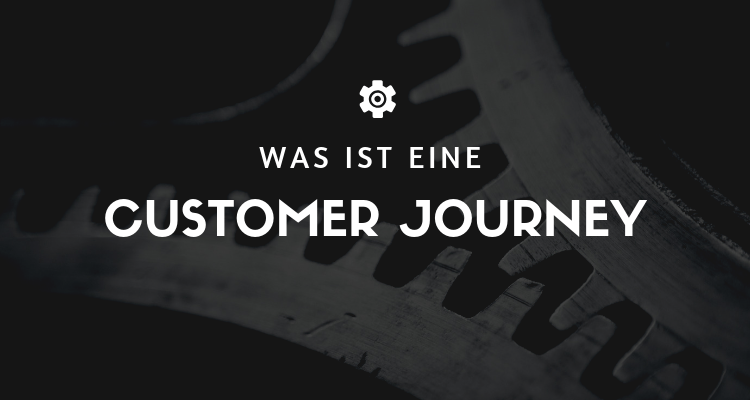
If you haven't heard of the term "Content Mapping", you're not alone. Although many marketers like to throw around long terms (often just to confuse people), rest assured that knowing how to map your content is an important aspect of a profitable marketing strategy.
What is content mapping?
Content Mapping is a content-driven marketing approach based on user intent.
Content Mapping helps you tailor content production and distribution to the needs of your target audience at every stage of the Customer Journey match. Content mapping serves many purposes from an SEO perspective, but more importantly, it makes your marketing efforts more efficient.
Why is content mapping important for your website?
Regardless of the size of your business, you have limited time, money and resources to grow your customer base. The benefits of a content map are that it ensures the efficiency and effectiveness of your marketing efforts. There is a greater amount of content available to your audience. The sheer amount of content out there can overwhelm your customers and push your business to the background.
That means using all the tools at your disposal to produce relevant and valuable content for your audience at just the right time. Content Mapping Offers insights and benefits for your marketing campaigns, such as:
- Create content that matches your customer's intent
- Produce relevant content to effectively nurture leads
- Increase the SEO rankings of your content
- Easy measurement and optimization based on defined KPIs
When you tailor your content to the needs and context of your target audience, it's no longer an option for your business. If you can get through Online Marketing increase conversion rates and sales, your company needs to create content that is geared towards the needs of your customers. Content Mapping allows you to create relationships and interactions between different pieces of content. If your marketing efforts go beyond a single channel, you need to make sure the different parts of the marketing machine work together.
Any content must meet the Customer Journey support, and visual representation of content is one of the best ways to refine the workflow your customers will experience.
Your customer and the content map
Effective marketing is based on the ability to deliver the right content to the right people at the right time. The needs and expectations of your customers change as they change the Buyer's Journey go through. These changes need to be responded to with specific content at each stage to ensure your business can close more sales.
It's no longer enough to produce good-looking content. You can't pave your way to success by spamming, because the amount of content has increased and the way your customers consume content has changed.
The majority of website traffic happens via mobile devices, so you need to consider not only the type of content, but also how your customers consume it. Is your company ready to adapt its messaging and content strategy to reach your customers? Content Mapping is a way to keep the customer in mind and deliver valuable content at the right time.
Coordinating your user personas, your marketing content, and the state of your target audience in the Customer Journey can be overwhelming. However, the best way to manage this important aspect of marketing is to always remember your customers' needs. By focusing on the needs of your customers and aligning your content to support your business goals, you can optimize your marketing across all channels of your business.
Great content every step of the way
Your content map can include the interaction of different channels and content types, or you can highlight the interactions of a particular content type in a marketing campaign.
A solid marketing strategy depends on your ability to consider triggers in specific channels and how your interactions affect the overall Customer Journey impact. A roadmap like this will give your team the overview they need to understand how everything plays together and how campaign tools mesh. The totality of this information will guide your marketing initiatives by identifying the most important components, such as:
- Customer steps and interactions
- Triggered events between interactions
- Types of channels and content used
- Customer oriented events
- Back-end events and the sequence of data collection
Regardless of the size of your content map, you should always include time and cause-and-effect relationships to understand who, what, and when content is triggered.
Understanding the relationships between recipients, content, and when they receive it will help you optimize your marketing strategy and increase your ROI.
Content mapping simplified
While there are many tools out there to help you create a content map, you should always choose the option that focuses on your customers, not the tool you use. A simple tool like Autopilot will help you to make every step of your Customer Journey visualize and optimize interactions along the way.
Visualizing the steps your customers take through the Customer Journey going is an often overlooked aspect of a marketing campaign. When you match the needs of your customers with their current stage of Customer Journey you can create content that drives ROI and revenue more effectively. Check out Autopilot to visualize your content and learn more about how you can take your marketing goals to the next level!
« Back to Glossary Index
